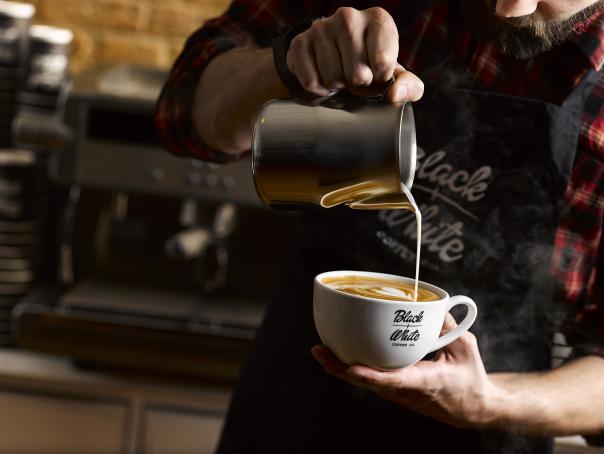
Many customers are initially drawn to a cafe or restaurant primarily for their morning coffee. Once inside, they are more likely to be tempted by other offerings, such as breakfast menus or pastries, leading to increased sales.
Offering deals, such as a coffee and pastry combination, to make these upsells even more appealing,” says Lowry, who also emphasises the importance of pairing coffee with complementary food items to enhance the customer experience.
Quality is identified as a non-negotiable differentiator. While having the latest equipment is useful, the true competitive advantage lies in providing a consistently high-quality product. This is not just about the beans but also about proper staff training and preparation techniques. A well-made coffee can generate positive word-of-mouth, encouraging repeat business.
Presentation is another nuanced factor. While intricate latte art has its place, simple, presentable designs like a heart or a stencil are often more practical for busy operators, as they add visual appeal without significantly slowing down service.
For example, a high-volume chain might opt for a push-button machine for speed and consistency, whereas a bespoke independent cafe might prefer a traditional, barista-led machine focused on quality. Regardless of the equipment chosen, though, staff training is essential to ensure that the coffee machine is used effectively to produce the best possible quality coffee.
This shift away from traditional certifications like Fairtrade towards concepts like organic and traceable coffee presents a new opportunity for operators to connect with customers and boost sales.